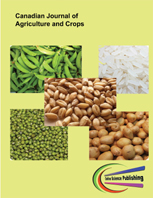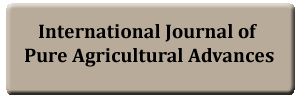Relation of several pedological characteristics to engineering qualities in expansive clays of Northern Venezuela
DOI:
https://doi.org/10.55284/cjac.v9i1.1088Keywords:
Casagrande chart, Liquid limit, Plastic limit, Soil humidity, Soil particle density.Abstract
The Caribbean Coastal Region of Venezuela with a semi-arid climate presents adequate conditions for the development of soils with expansive clays, which are the main pathology registered by the roads and surrounding infrastructures in the region. Correlation studies in temperate soils have shown that there is a close association between Atterberg limits (AL) with the clay content, less information exists in the literature between the association of AL and other soil physical properties of soil (e.g. in situ water-content and soil particle density). The main objectives of this research were to: evaluate the presence of expansive clays in northern Venezuela through the limits and indices of Atterberg, and to relate the AL to soil physical properties determined during both soil surveys and geotechnical evaluation of risks. The plasticity index (PI) and the shrinkage limit (SL) of the clays are high, whereas the plasticity chart of the samples indicates two well-defined groups, a major one, in the area of low plasticity, the other group in the area of high plasticity. The information shown a close association between the original moisture content of the samples with the AL, highlighting, the strong association of LL and PI with moisture content in situ. However, the soil particle density and the bulk density were negatively related to moisture content. The information presented here for tropical samples confirms the information in the literature for temperate zones, where it is concluded that the liquid, plastic and plasticity index limits were highly significantly related to the clay content.


